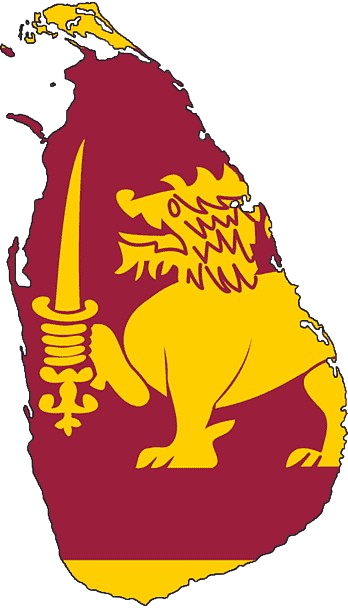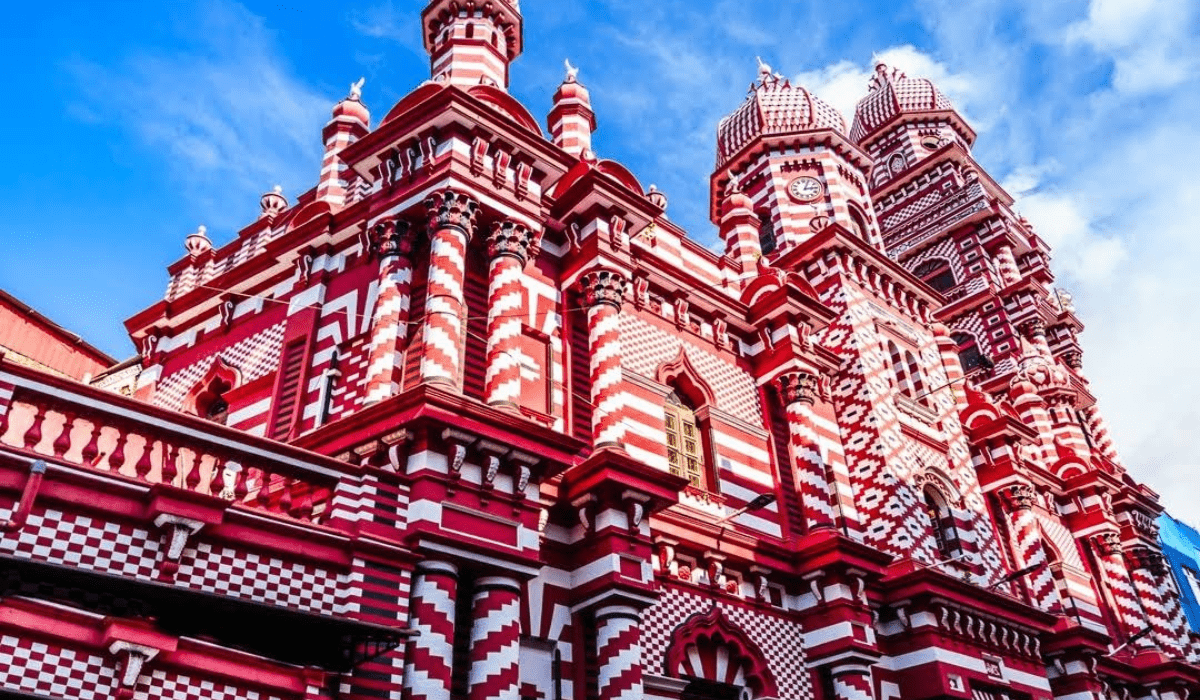Introduction
Table of Contents
Sri Lanka, an island nation known for its diverse cultural heritage and religious harmony, is home to numerous historical sites that attract tourists from around the globe. Among these, Madu Church stands out as a significant monument of religious and historical importance. Situated in the Mannar district, the Madu Church is a major pilgrimage site for Christians in Sri Lanka. This article delves into the history, cultural significance, and the allure of Madu Church, highlighting why it remains a must-visit destination in Sri Lanka.
History of Madu Church
Madu Church, also known as Our Lady of Madhu, is one of the oldest and most venerated Christian shrines in Sri Lanka. The church’s history dates back to the 16th century, during the Portuguese colonial period. It is dedicated to Our Lady of Madhu, a revered Marian shrine, and is a symbol of hope, faith, and reconciliation for many Sri Lankans.
The Colonial Era
During the Portuguese era (1505-1658), Catholicism spread across Sri Lanka, leading to the establishment of several churches. Madu Church was initially built as a small chapel in the forest, providing a place of worship for Catholic converts who fled from the Dutch persecutions in the coastal regions. These persecuted Christians carried a statue of the Virgin Mary, which they enshrined in the Madu forest, marking the beginning of the church’s history.
The Dutch and British Periods
Under Dutch rule (1658-1796), Catholicism faced severe repression, and many churches were destroyed. Despite this, Madu Church continued to be a refuge for Catholic worshipers. The shrine’s remote location in the jungle offered protection and allowed the faithful to continue their religious practices.
During the British colonial period (1796-1948), religious freedom was restored, and Madu Church saw significant growth. Pilgrims from all over the island flocked to the shrine, and it became a major center of Catholic worship. The church was expanded and renovated several times, reflecting its growing importance in the Christian community.
Cultural Significance of Madu Church

Madu Church holds a special place in the hearts of Sri Lankan Christians. It is not only a religious site but also a symbol of unity and reconciliation. The church’s history of providing sanctuary during times of persecution has made it a beacon of hope for many.
Pilgrimage Site
The Madu Church is a major pilgrimage destination for Christians in Sri Lanka. Every year, thousands of pilgrims visit the shrine, particularly during the Feast of Our Lady of Madhu in August. This annual event is one of the largest religious gatherings in Sri Lanka, attracting devotees from various parts of the country and abroad. The pilgrimage is a time of prayer, reflection, and celebration, reinforcing the church’s role as a spiritual haven.
Interfaith Harmony
The Madu Church is also a symbol of interfaith harmony in Sri Lanka. Despite being a Catholic shrine, it is visited by people of different faiths, including Buddhists, Hindus, and Muslims. This inclusive nature of the shrine reflects Sri Lanka’s cultural diversity and religious tolerance.
Architectural and Artistic Heritage
The architectural design of Madu Church is a blend of colonial and indigenous styles. The church has undergone several renovations over the centuries, each adding to its unique charm. The main church building is simple yet elegant, with its whitewashed walls and arched doorways.
Statues and Artifacts
The most significant artifact in Madu Church is the statue of Our Lady of Madhu, which has been revered for centuries. The statue, brought by the Portuguese missionaries, is believed to have miraculous powers and is the focal point of devotion for pilgrims. The church also houses several other religious statues and artifacts, each with its own historical and spiritual significance.
The Church Grounds
The church is surrounded by lush greenery, providing a serene and peaceful environment for worship and reflection. The expansive grounds are dotted with small chapels, grottos, and prayer stations, allowing pilgrims to engage in various forms of devotion. The natural beauty of the area adds to the spiritual ambiance of the shrine.

Madu Church as a Tourist Attraction
While Madu Church is primarily a religious site, it is also a significant tourist attraction. The church’s rich history, cultural significance, and architectural beauty draw visitors from around the world. Tourists are not only captivated by the church itself but also by the stories of faith and resilience associated with it.
Activities for Visitors
Visitors to Madu Church can participate in various activities, including attending mass, exploring the church grounds, and learning about the history of the shrine. The church also offers opportunities for quiet reflection and prayer, making it a perfect destination for those seeking spiritual solace.
Nearby Attractions
Madu Church is located in the Mannar district, which is home to several other attractions. Visitors can explore the historic town of Mannar, with its ancient forts, temples, and beautiful beaches. The area is also known for its wildlife, particularly bird watching, making it an ideal destination for nature lovers.
Conclusion
Madu Church, with its rich history and cultural significance, is a jewel of Sri Lankan Christianity. Its origins as a sanctuary during times of persecution, its role as a major pilgrimage site, and its inclusive nature make it a symbol of faith, hope, and unity. The church’s architectural beauty and serene surroundings add to its charm, making it a must-visit destination for tourists.
By including Madu Church in your travel itinerary, you will not only witness a remarkable religious site but also gain a deeper understanding of Sri Lanka’s cultural and religious heritage. Whether you are a pilgrim, a history enthusiast, or a curious traveler, Madu Church promises an unforgettable experience that will leave you with a profound appreciation of Sri Lanka’s diverse and harmonious society.
The Madu Church continues to inspire and attract visitors from all walks of life, offering a place of solace, reflection, and spiritual rejuvenation. Its enduring legacy and captivating history make it a cornerstone of Sri Lankan heritage, ensuring that it remains a cherished landmark for generations to come.




